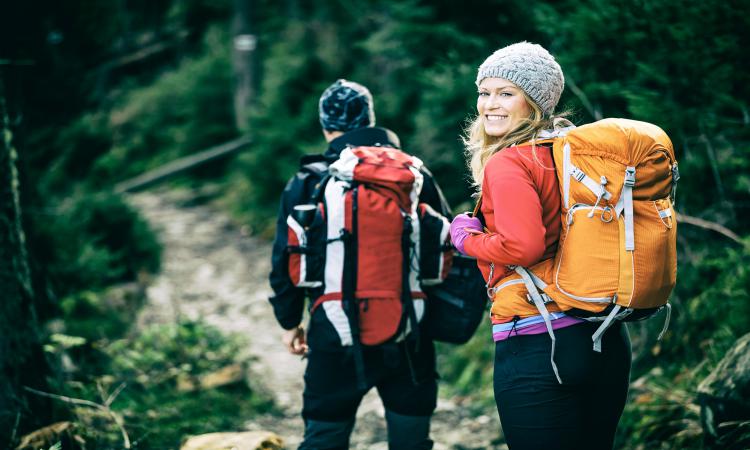 Hiking is a fun activity for most people, but it can be a serious sport with the right gear. It will help if you consider all aspects of your journey, from weather conditions to terrain changes. Overall, prepare for as many situations as possible to significantly lower risks and improve safety.
Hiking is a fun activity for most people, but it can be a serious sport with the right gear. It will help if you consider all aspects of your journey, from weather conditions to terrain changes. Overall, prepare for as many situations as possible to significantly lower risks and improve safety.
For this, you need to purchase quality gear recommended by experts like The Yeti World. Before you visit your local outfitter, read this guide on which hiking gear is necessary and how it can enhance your trip.
Hiking Shoes or Boots
If you don’t purchase good shoes, your feet will be in pain after going a mere mile. The shoes you choose should fit perfectly to avoid any foot injuries.
Your footwear should be waterproof in order to prevent rain from seeping in. In doing so, you also add a layer of warmth around your feet, creating a barrier against the cold.
If you plan hiking during the winter, you should invest in snow boots that extend up to your ankle. These can protect your feet against any snowstorms and ensure that heat isn’t lost near your feet.
Hiking Socks
You should carry at least two pairs of socks, as this will reduce the risk of blisters. You should have one pair to wear during the day and another to wear overnight. Nighttime hiking is especially risky because you are more fatigued than usual. Avoiding foot injuries by bringing extra socks may allow you to hike longer.
Backpack
Your hiking backpack is arguably the most critical piece of your hiking gear. It should be comfortable enough to carry all day long, even under challenging conditions. You should pick a backpack that fits you perfectly and has external straps for any necessary surface attachments. There are dozens of compartments in your average pack, so be sure to utilize them.
Water Bottle/Vacuum Flask
Hydration is essential for your body. When you are dehydrated, it leads to severe headaches and nausea, which may force you to quit early on in your hike.
Health experts recommend drinking between 1-2 liters of water per day. This is nearly impossible on long hikes, so you should always bring a water bottle with you so you can at least stay hydrated.
You may also want to purchase a vacuum flask to keep your drinks hot or cold throughout the day. These are especially useful during winter, as they can keep your hot cocoa from melting.
Weather-Resistant Clothing
Your raincoat or poncho should be directly attached to your pack so that you won’t have to leave it behind. Even if the sun is shining, it may start to drizzle unexpectedly. To keep dry, you should always have an extra layer on hand.
In addition to a waterproof coat, you should also bring a wool hat that covers your ears. This is the perfect defense against the cold and can even double as a pillow while sleeping.
Other Things to Carry
Here are a few more things you need to carry on a hiking trip.
– First Aid Kit
– Flashlight/Headlamp
– Knee Pads
– Compass/GPS Device
– Knife or Multi-Tool
Being prepared is the key to having a successful trip. These tools are helpful for any hiker and allow you to enjoy your journey instead of worrying about injuries.





